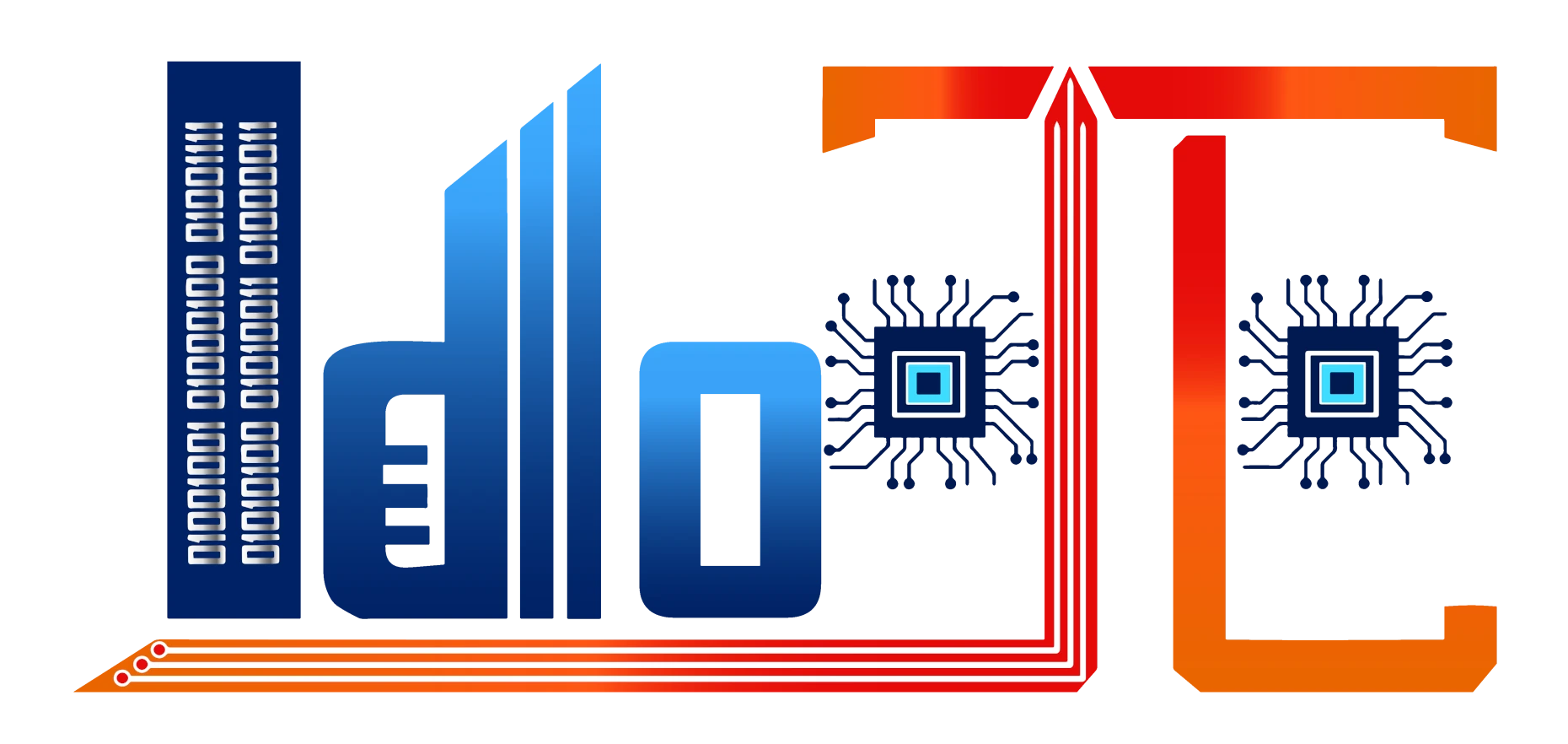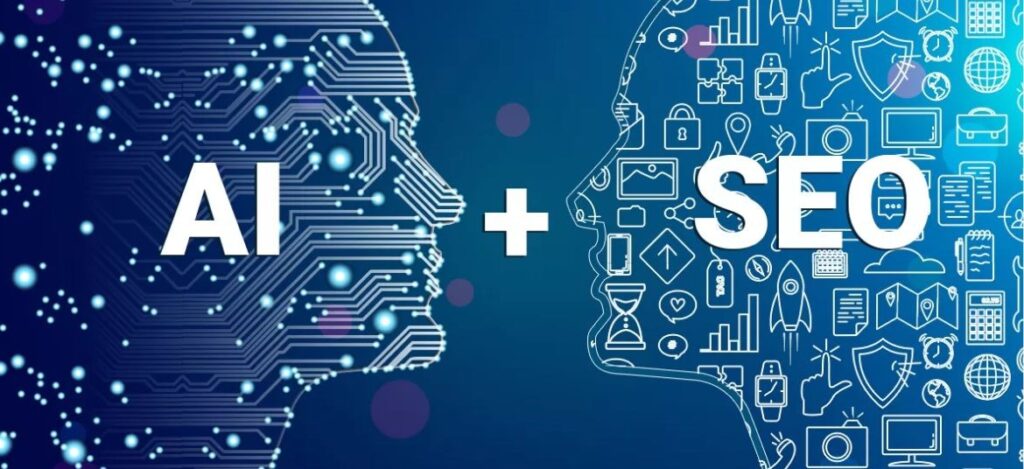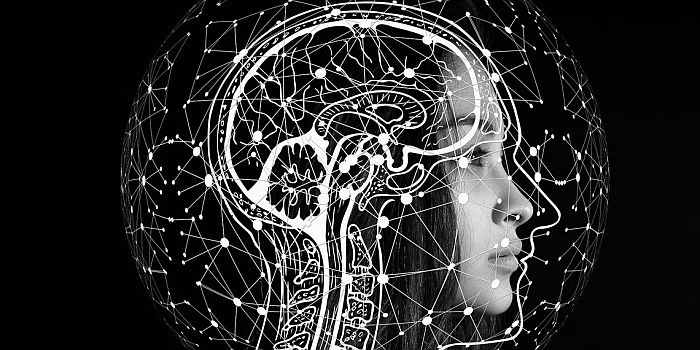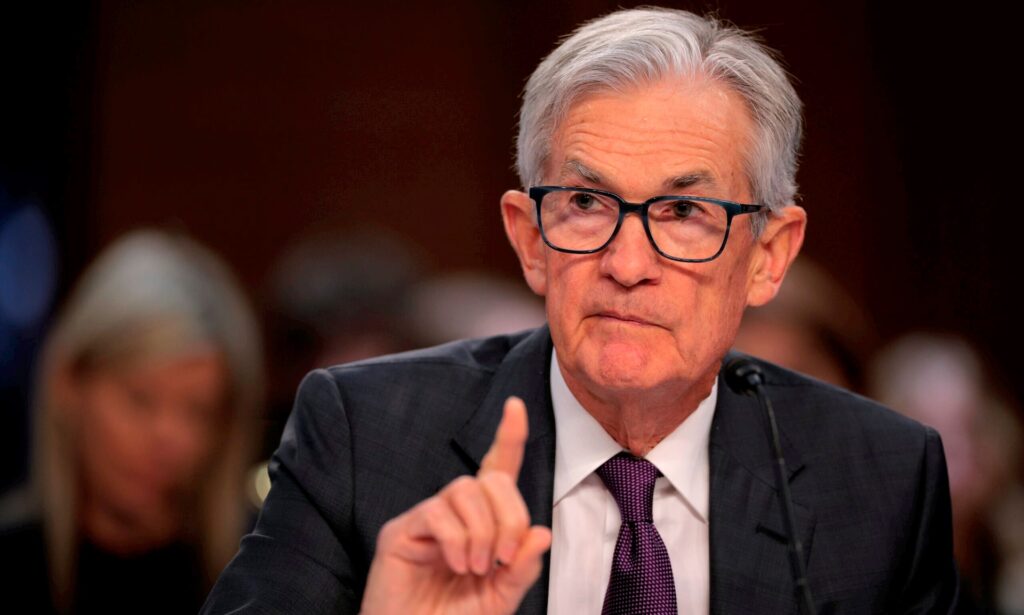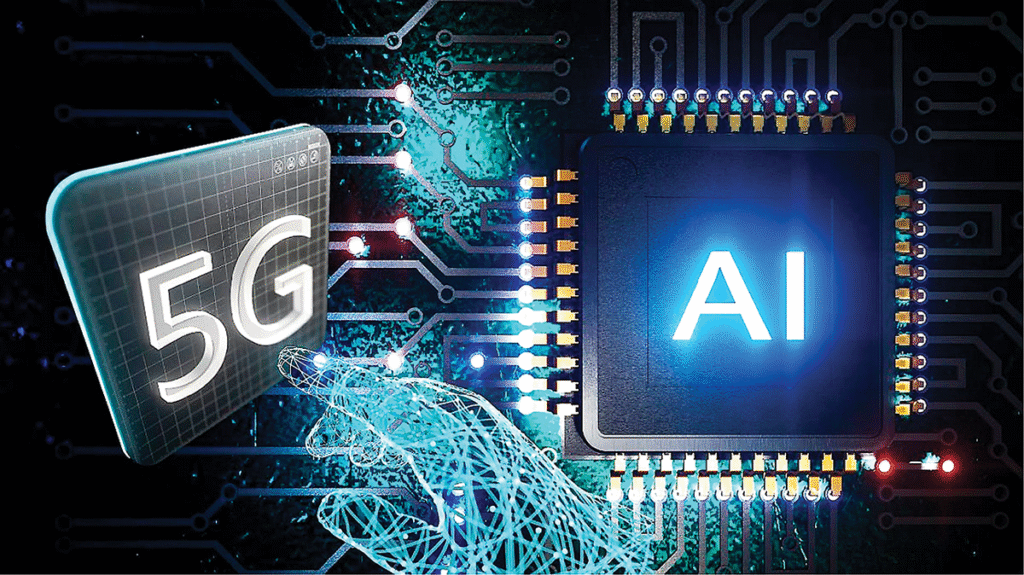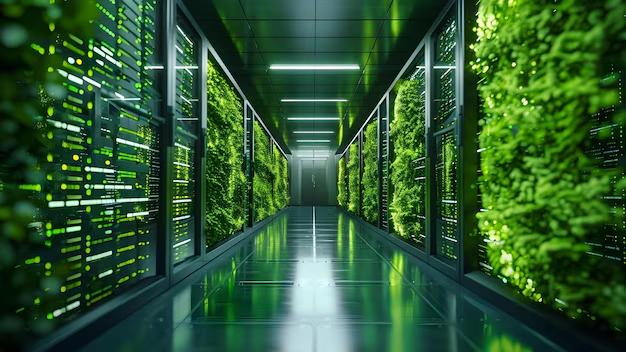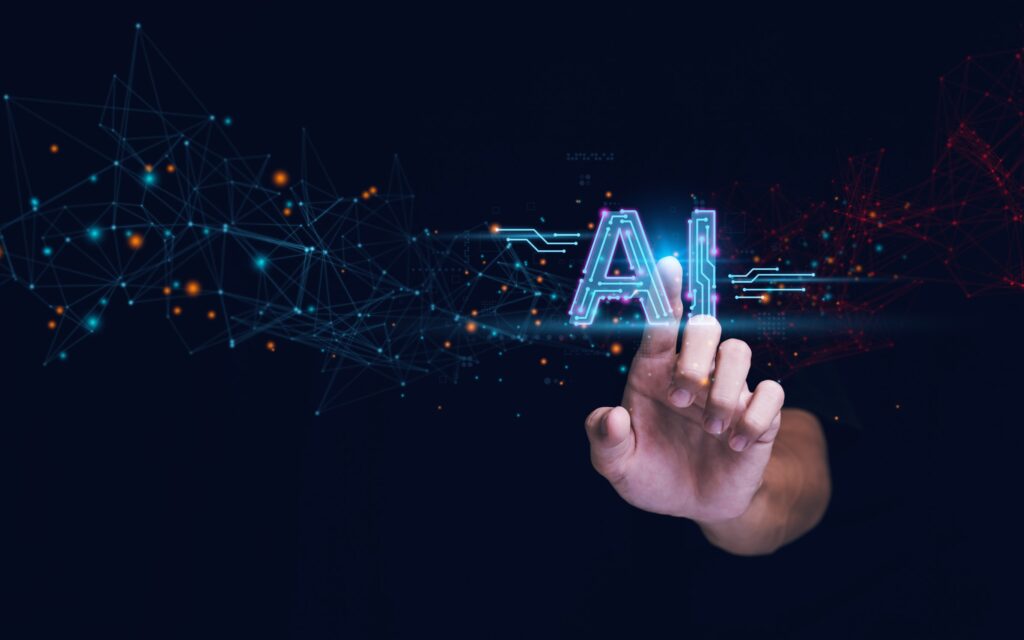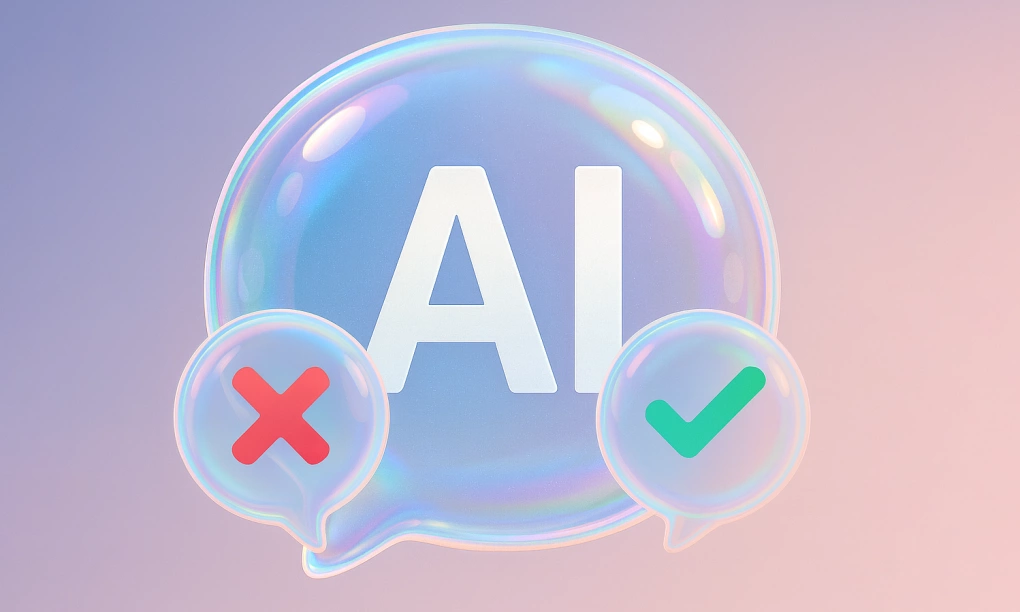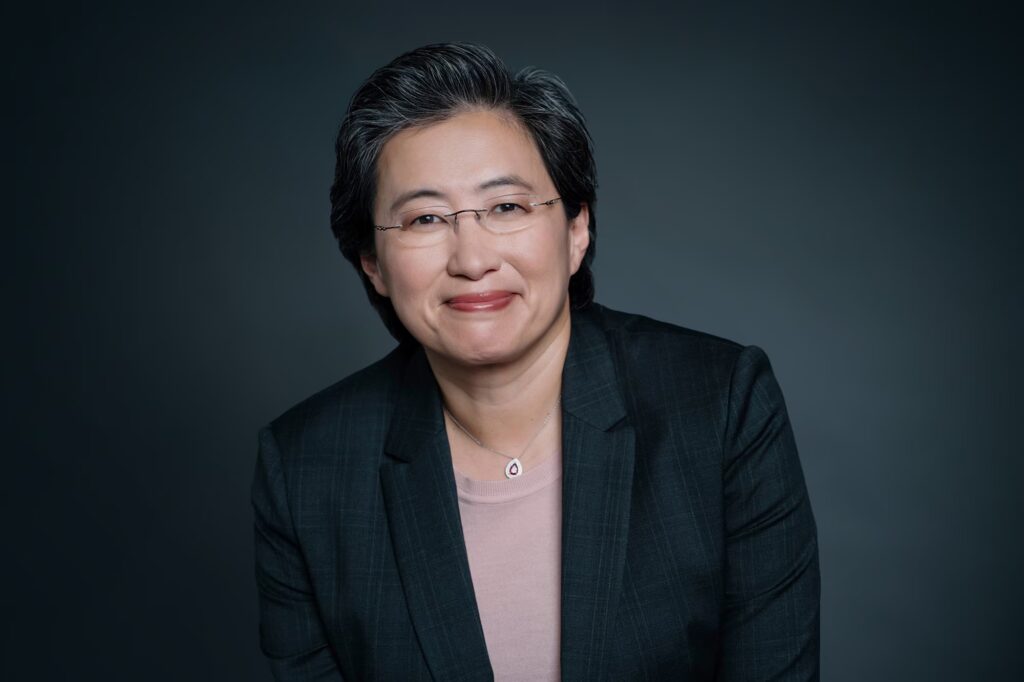AI, Wealth Inequality, and the Fear of Mass Unemployment: A Rebuttal to Geoffrey Hinton’s View
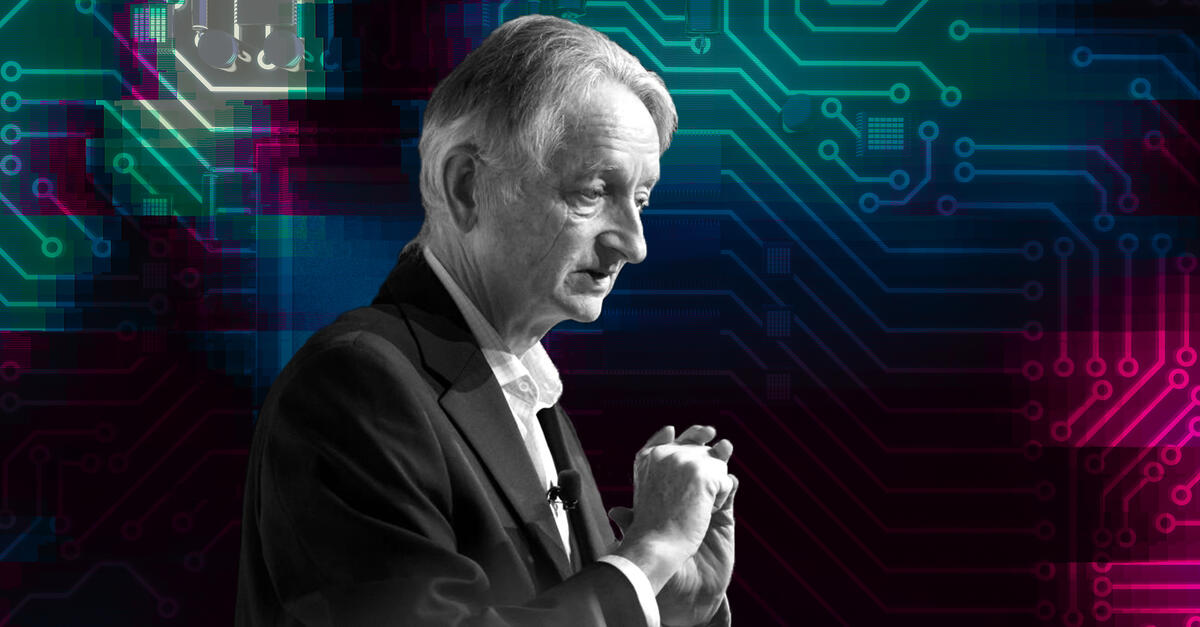
In recent years, artificial intelligence has profoundly transformed industries across the world, from technology, healthcare, and education to services and manufacturing. Geoffrey Hinton, known as the “Godfather of AI” and a pioneer in deep neural networks, recently made a controversial claim about the future of labor markets and wealth distribution. According to him, AI will make technology billionaires like Elon Musk even wealthier while pushing millions out of work. As these remarks circulated alongside widespread layoffs at major U.S. tech companies, they deserve a multidimensional examination, free from exaggeration and grounded in the structural complexity of society.
The Foundation of Hinton’s Argument: Overlapping Automation and Inequality
Hinton argues that companies adopting AI to cut costs and increase profits is inevitable. This leads to automation on a scale unprecedented compared to past industrial revolutions. Unlike previous stages of technological advancement where displaced workers could migrate to other roles, today AI infiltrates nearly every domain. Hinton fears that once workers are replaced, opportunities to find new roles will be scarce.
However, this is not the only perspective. Many economists argue that the labor market is not simply a zero-sum equation. Carl Benedikt Frey from Oxford—famous for his 2013 study on job automation—has emphasized that although around 47% of jobs may be affected, the economy consistently restructures itself, creating entirely new professions. Singularity University also argues that throughout history, technology has created more opportunities than it destroyed.
Automation: A Double-Edged Sword
It is true, as Hinton states, that technology companies are restructuring and downsizing—and AI plays a significant role. Amazon, Google, Meta, and numerous startups have laid off thousands. But layoffs are not always directly caused by AI. Economic downturns, high interest rates, and unprofitable business models are foundational causes. AI merely accelerates decision-making.
Several experts see positive effects in this transition. Erik Brynjolfsson of Stanford argues that AI removes repetitive, monotonous tasks and frees humans for creative, high-value work. In fields such as technical design, medicine, or data analysis, AI improves efficiency instead of replacing humans entirely. This contradicts the hopeless image many imagine.
A More Complex Picture of the Job Market
Predictions about radiologists losing their jobs have not come true. Instead, their numbers are projected to grow until 2055. AI in healthcare still requires oversight, interpretation, and context. Andrew Ng, co-founder of Google Brain, stated: “AI is like electricity—it spreads everywhere, but replacing emotional human interaction is extremely difficult.” New jobs such as AI trainer, prompt engineer, and data ethicist have emerged. Labor markets always lag behind technology; new roles often flourish only after technological platforms stabilize.
Government Response and Policy Adjustments
Hinton warns that inequality will widen if governments fail to act. Thomas Piketty similarly argued that tech-driven capital accumulation weakens labor wages. However, governments are not idle. Taxation on automation, subsidies for retraining, and digital skills policies are rising.
The European Union is developing AI regulatory frameworks while increasing funding for digital education. Japan funds robotic eldercare systems but preserves human labor for empathy-based roles. Even the U.S.—despite Silicon Valley’s preference for regulatory freedom—is considering laws focused on AI ethics and privacy.
Tech Giants: Where Profit Meets Ego
According to Hinton, part of the motivation for massive AI investment is executive ego—the desire to leave a legacy. Steve Wozniak warned that the AI race resembles a technological arms buildup in which companies fear falling behind. However, AI investment yields undeniable benefits: increased productivity, reduced operating costs, and accelerated innovation.
In a counter-argument, if a company refuses to adopt AI, it risks losing competitiveness. This is not only driven by ambition but by consumer demand for fast, affordable, 24/7 automated services.
Global Cooperation to Prevent AI Taking Over: Idealistic or Feasible?
Hinton believes nations can collaborate to ensure AI does not dominate humanity. He notes that neither China nor Donald Trump wants AI control. Yet security analysts argue that global cooperation in AI is nearly impossible because it relates to military power and economic leadership. Yuval Noah Harari warned that AI could enable digital dictatorship if concentrated in authoritarian hands.
Nuclear weapons treaties succeeded because few actors possessed the technology. AI is different: it is easier to develop, decentralized, and accessible to smaller labs. Thus, relying only on global cooperation may be optimistic. Domestic regulation, transparent data policies, and ethical review systems may matter more.
The Future of Jobs: Disappearing or Transforming?
MIT economist Daron Acemoglu agrees that AI might worsen inequality, but he argues the core issue lies in corporate choice. If AI is used to replace humans entirely, wealth concentrates among shareholders. If used to augment workers, economies grow sustainably. Ethics will shape outcomes.
Emerging work patterns show adaptation. Creative sectors still require human originality despite AI support. Content, video, and design are generated faster, yet curation, review, and contextual judgment remain human tasks. Law, education, and trade depend heavily on social nuance.
The U.S.–China Competition: Unbalanced but Unpredictable
Hinton claims the U.S. leads global AI development, while China produces more STEM talent. The AI Index Report 2024 confirms China publishes more AI research, but the U.S. dominates in advanced chips, large models, and startup ecosystems.
Analysts warn that if the U.S. continues reducing university research funding, China could surpass it—similar to how Japan once overtook U.S. automotive production. However, China struggles in cutting-edge semiconductor manufacturing, a critical bottleneck. Thus, not just quantity but supply chain quality determines leadership.
When Fear Becomes a Negative Force
Some futurists warn that prolonged pessimism may provoke anti-AI public movements. This occurred with machine riots during the Industrial Revolution in England. Professor Richard Baldwin of Geneva argues: “The AI era does not end jobs; it ends jobs for those who refuse to learn.” Instead of fearing technology, societies must invest in retraining.
Middle-aged workers fear obsolescence. With proper investment in reskilling, they remain valuable contributors. If ignored, inequality inevitably rises. The root problem is not AI alone, but social support systems.
Income Structures and the Role of Policy
To avoid Hinton’s dystopian scenario, governments must explore universal basic income (UBI), workforce subsidies, and taxation on automation-derived profits. Economist Yanis Varoufakis even proposed taxing robot shares—a concept Bill Gates once supported. Critics argue this would stifle innovation. A balanced framework between growth and fairness is needed.
Conclusion: The Future Depends on Choices, Not Machines
Hinton’s warnings are not groundless; they deserve attention in this sensitive period. But they should not be interpreted as catastrophic inevitabilities. Human history is defined by adaptation. Technology destroys some jobs but opens vast new economic frontiers.
The future of labor will not be dictated by AI alone, but by how societies distribute benefits, how governments regulate, and how businesses deploy technology.
Hinton is correct that inequality may widen—but it is not inevitable. AI can democratize knowledge, reduce production costs, and improve healthcare and education if deployed responsibly.
Instead of panicking, societies must convert anxiety into action and fear into long-term strategy. AI is not a monster unleashed. It is a mirror reflecting our policies, ethics, and choices.
Ultimately, the essential question is not:
“How many jobs will AI replace?”
but rather:
“What kind of labor future do we choose to build?”
And the answer depends on decisions we make today.
Source: Collected from the Internet
